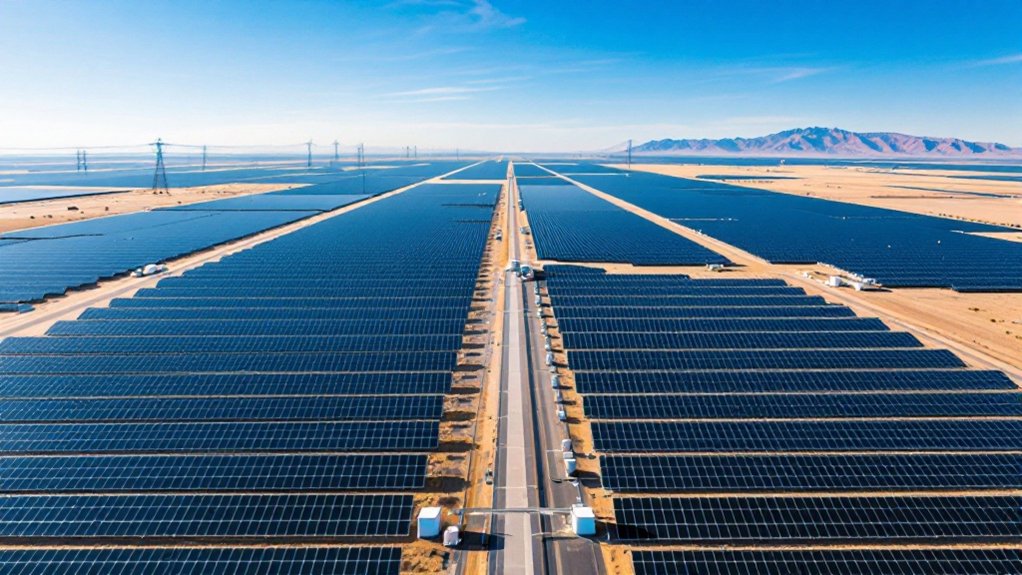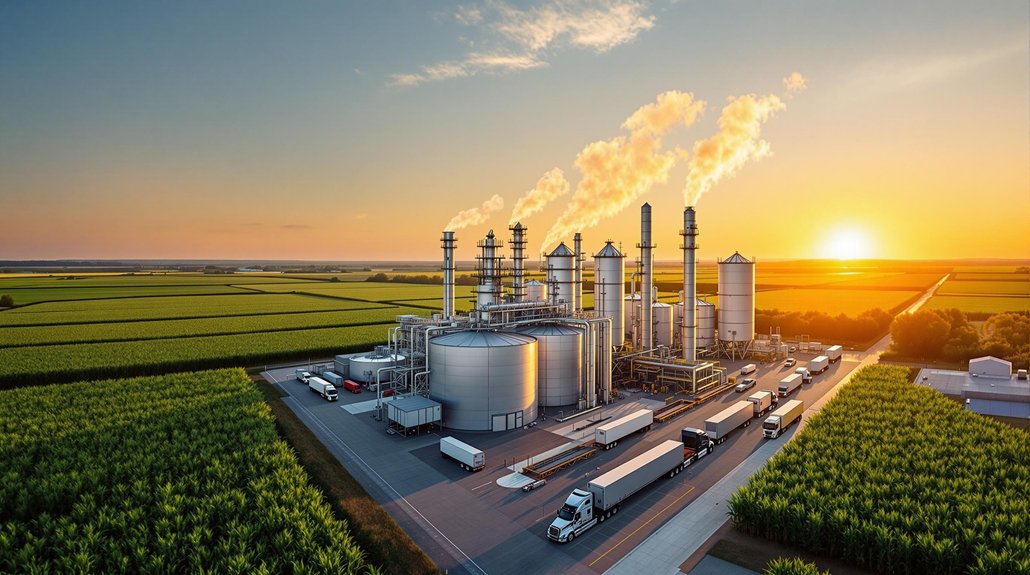A solar park is a massive power plant that harnesses sunlight using thousands of solar panels spread across vast tracts of land. These utility-scale facilities can span thousands of acres, basically functioning as electricity-generating cities without inhabitants. Solar parks require strategic placement in sunny, open areas and proximity to power infrastructure. While installation costs are hefty, they create jobs and generate clean energy for millions of homes. The technology keeps advancing, and there’s way more to the story.

A solar park is like a giant solar-powered city, minus the people and plus thousands of shiny panels reaching toward the sky. These massive installations, also known as solar farms or photovoltaic power stations, are utility-scale systems designed to generate serious amounts of electricity. We’re not talking about a few panels on your neighbor’s roof – these behemoths can span thousands of acres and power millions of homes.
Imagine a city where buildings are replaced by endless solar panels, stretching across acres to power countless homes.
The guts of a solar park are pretty straightforward: solar panels soak up sunlight, inverters transform DC power to AC, and transformers beef up the voltage before sending it to the grid. There’s also a bunch of fancy monitoring equipment keeping tabs on everything. The Tengger Desert Solar Park stands as the world’s largest solar installation, showcasing China’s commitment to renewable energy.
These parks aren’t exactly plug-and-play operations – they need careful planning and strategic placement. Location is everything in the solar park game. You need vast, open spaces with plenty of sunshine, ideally close to existing power infrastructure. Flat land is perfect, and you definitely want to avoid those pesky environmentally sensitive areas. Local zoning laws can be a real party pooper too, so that’s another hurdle to clear.
Sure, solar parks are clean energy champions, dramatically cutting greenhouse gas emissions compared to fossil fuels. But let’s be real – they’re not exactly invisible. These installations can change local landscapes and wildlife habitats. In dry areas, keeping those panels clean can gulp up precious water resources. Using up to 20 gallons per megawatt hour for cleaning and maintenance adds to water consumption concerns. And eventually, someone’s got to figure out what to do with all those panels when they retire.
The economics are interesting – massive upfront costs but relatively cheap to run once everything’s up and running. These projects create jobs and pump money into local tax coffers. The solar industry jobs now support nearly 280,000 Americans across the nation. Technology keeps making things better, with newer panels capturing more energy and smart systems helping manage power flow.
Some parks even use two-sided panels to catch reflected light, because apparently one side just isn’t enough anymore. Welcome to the future of energy production – it’s big, it’s shiny, and it’s here to stay.








